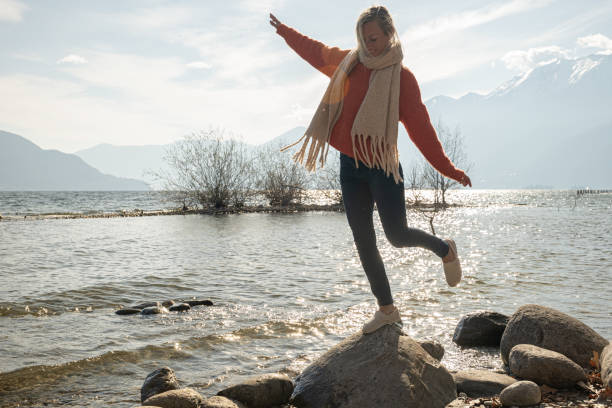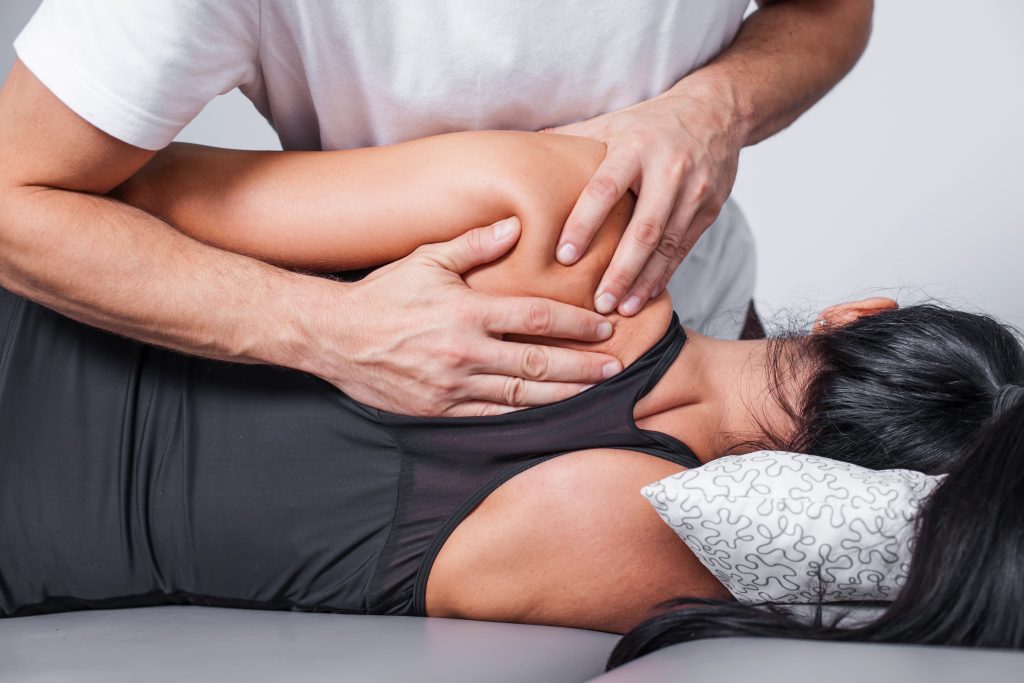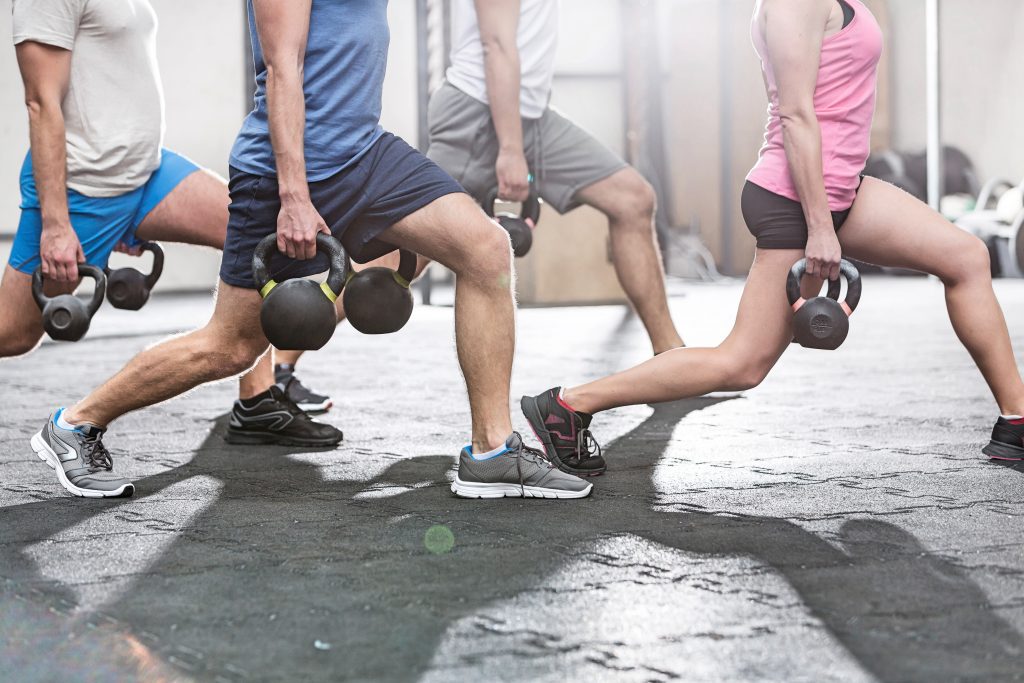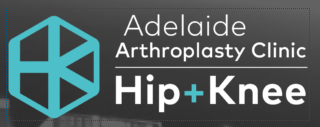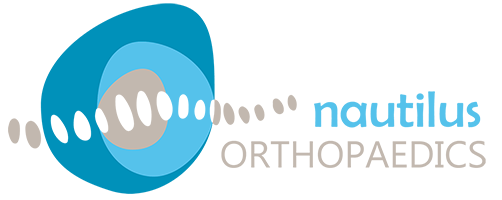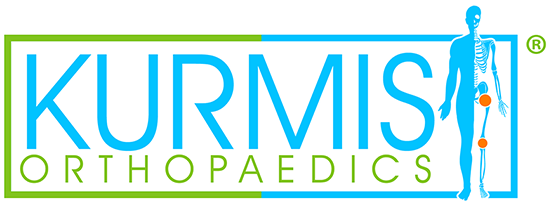There are several different assessments we use as paediatric physiotherapists when working with infants and children. These assessments assist us with objectively evaluating a child’s gross motor skills, identifying difficulties and tracking progress. Some of the assessments we use at The Physio Clinic include:
The Alberta Infant Motor Scale (AIMS):
The AIMS is a standardised observational assessment which is used with infants from birth to 18-months-old. The AIMS assesses an infant’s early gross motor development in 4 different positions:
- Prone (lying on tummy)
- Supine (lying on back)
- Sitting
- Standing
The skills an infant demonstrates in each position are noted, and then compared against expected norms for their age (eg. 5th percentile, 50th percentile, 75th percentile etc.). The AIMS is often used as a quick and easy screening tool to identify infants delayed in their gross motor skills, which supports early intervention. The AIMS is also very useful to track an infant’s progress over time and can be used as supporting evidence for NDIS applications.
Read more


